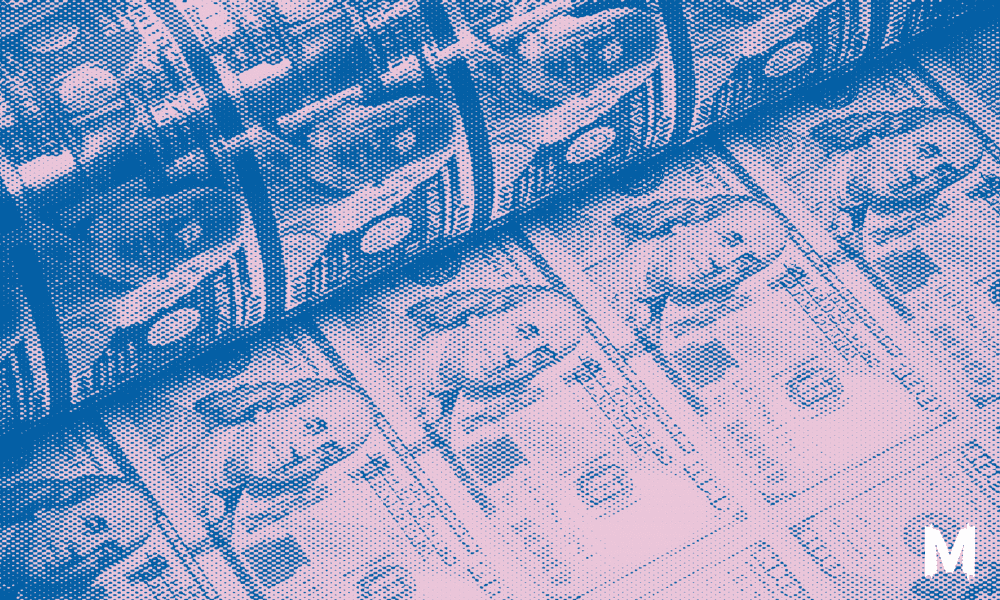Macro analyst Lyn Alden highlighted in a recent interview with Anthony Pompliano why she believes that fiscal components are just as important as monetary components when it comes to understanding inflation today. She explained that she always believed that the inflation that would eventually occur, and currently is occurring, will be largely driven by fiscal spending.
For those who might not know, monetary policy refers to central banks influencing the quantity of money and credit in an economy while fiscal policies refers to the government’s decisions about taxation and spending.
Alden compares the 2008 and 2020 financial crisis and uses it to explain how extreme fiscal policies increased the broad money supply, which is the total volume of money in the economy.
During the 2008 crisis, the response was mostly monetary. Although this led to a slight increase in base money, most of it stayed in the banking system and didn’t end up in the broader economy.. Whereas in 2020, while there were monetary responses, there were also fiscal responses in the form of helicopter money, Paycheck Protection Program (PPP) loans and tax cuts.
This increased the broad money supply. In other words: When central banks engage in quantitative easing and purchase government bonds, and the government spends this money as part of its fiscal policy, this leads to inflation.
During the 2008 Global Financial Crisis, the quantitative easing program merely recapitalized the banking system with base money after most of the mortgage-backed securities turned out to be worthless and “toxic”.
Monetary policy is still important and should not be overlooked because it provides liquidity. If the U.S. government just tried to just issue trillions of dollars worth of bonds, there would not be enough buyers for these treasuries.
This proves that what really drives inflation is a blend of monetary and fiscal policies and also not forgetting real world constraints. In an attempt to explain the blend of fiscal and monetary policy, it would be inefficient to say that monetary policy drove the asset bubble while fiscal policy drove inflation. In reality fiscal policy drives both.
With consumer price inflation occurring as a result of fiscal policy, individuals have more money to invest in financial assets, driving up asset prices and leading to asset price inflation.
Japan was the first country to deploy QE, which is a form of unconventional (actually quite conventional these days) monetary policy in which central banks purchase longer-term securities from the open market, such as government bonds and mortgage-backed securities. But because this wasn’t combined with huge fiscal expenditure, their 15-year quantitative easing program only slightly increased their broad money supply and didn’t cause rampant inflation.
Alden compares the current inflation not to the 1970’s but instead to the 1940’s. She does this because she says that the inflation that occurred in the 1970’s was driven mostly by bank loans and fiscal policy was more or less a secondary driver.
During the time boomers bought a lot of homes, which resulted in banks lending out large amounts of money. In the 1940’s we saw massive fiscal expenditures instead of loans from banks. These fiscal expenditures came in the wake of the Great Depression, during and after a sustained period of stagnation and World War II.
The government built manufacturing facilities and hired people, they sent 8 million veterans to technical school and helped them get mortgages to buy homes. These fiscal policies as you would expect caused a huge increase in the broad money supply, just like we see today.




